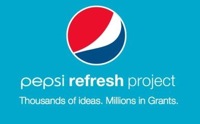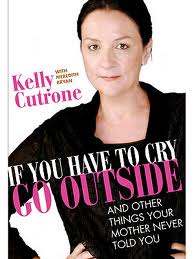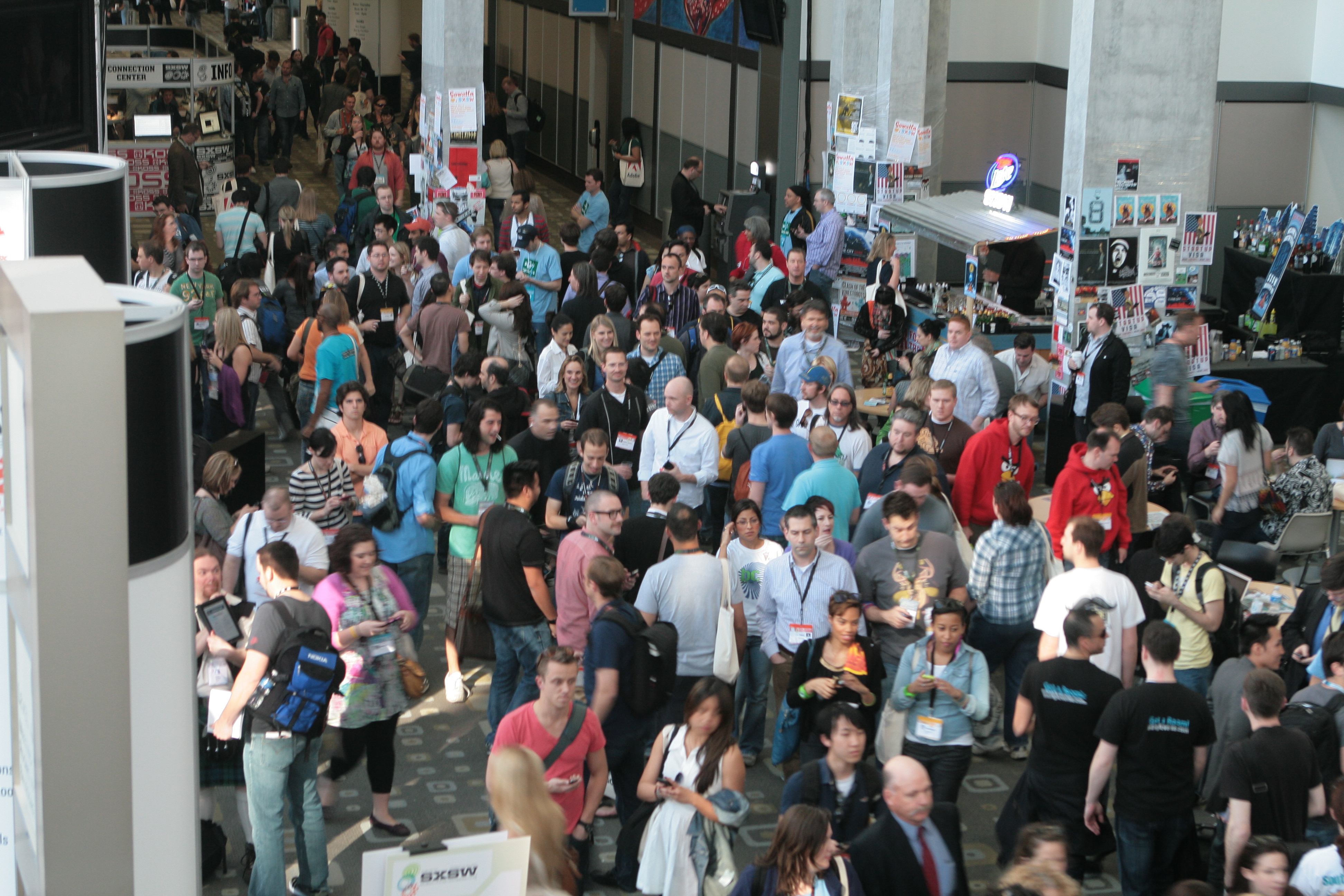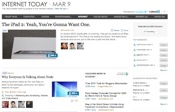If Your Social Content Isn’t Brand-Relevant, It’s Just Noise
 In the PR industry, we’re paid to make people take notice. Notice of products, services, people, companies. Notice of articles, comments, updates, events. And it’s not always easy – it’s a crowded world out there and “breaking through the noise” is a big challenge. Social media has opened up the options for promotion – we’re not tied only to third parties, such as media, to spread the word. We can create, share and promote our own content more than ever – and ask fans, customers, and followers to validate such content through “liking” it, sharing it, commenting on it, etc.
In the PR industry, we’re paid to make people take notice. Notice of products, services, people, companies. Notice of articles, comments, updates, events. And it’s not always easy – it’s a crowded world out there and “breaking through the noise” is a big challenge. Social media has opened up the options for promotion – we’re not tied only to third parties, such as media, to spread the word. We can create, share and promote our own content more than ever – and ask fans, customers, and followers to validate such content through “liking” it, sharing it, commenting on it, etc.
The biggest mistake we see in this type of promotion is a failure to connect the dots. Too many companies are so busy providing status updates and ad hoc content just to fill a page (or justify someone’s job), that they aren’t thinking about an integrated strategy. There’s also a lot of unrelated content posted by businesses that doesn’t seem to support the brand, the products or the company’s mission. Even if you are just trying to entertain your community and be conscientious to not over-promote to them, you should still make sure you’re posting content that makes sense. Otherwise, it’s just unnecessary noise.
The old ABC adage – Always Be Closing – doesn’t apply to social media and community efforts by brands. Of course you don’t want to be overly-promotional in your networks, or you’ll turn your fans away. They don’t want to be marketed to – they want to be talked with. And that means sharing interesting content that’s helpful, entertaining or intriguing in some way – but it should still tie to your brand.
One good example I saw recently was by the Life is Good company on Facebook. As a company that sells “optimistic apparel & accessories,” they are constantly posting inspirational quotes and images. They’re lucky in this aspect because it ties to their company’s mission. Recently, I noticed a post with a link to “Life is Good Radio.” I thought it was interesting that an apparel company took the time to create an online radio station. But when I listened, it made total sense – the songs were all upbeat, inspirational and happy. The station reinforces the company’s mission – optimism. Music provides that emotion for many of us, and the company describes the programming as “eclectic and reflective of the company’s positive outlook.” They nailed it.
When thinking about your social media and marketing content, how do you ensure it ties to your brand or company’s mission? Are you considering the tone you’re setting with the content you share? Are you taking the time to train anyone responsible for growing social networks and community on your behalf, so that they are fully aware of that tone/sentiment, and so that they know how to tie interesting and engaging content to your brand?
Here are a few tips:
- Post content that gets people thinking about an issue, topic or trend that ties to your business. Content should relate to your business in order to help brand recall. If a customer remembers your brand when thinking about an issue, you’ve won. For example, as a parent, I’m always thinking about ways to keep my children healthy. Say I follow a company on Facebook that makes children’s iPad apps, and they post 10 tips for helping my child to build a strong memory. I’m going to remember that brand as helpful and resourceful, and oh yeah – I should probably check out their app.
- Post content that gets people to engage with you. It’s all well and good to post a funny dog video but it’s even better – especially if you sell products to dog owners – to get people to answer a question about the video on your Facebook page – spending more time exposed to your brand, logo, messages, etc. – and likely to come back again to see what other people’s answers are to that question (enforcing that sense of community around your brand).
- Post content that makes sense. This seems obvious, but if you work for or represent Chrysler, Tweeting that people in Detroit don’t know how to drive is … well, just stupid. Even if it was your personal opinion. Social media doesn’t mean you have to share every thought. Especially if you want to keep your day job.


 Before I read Kelly Cutrone’s New York Times best seller,
Before I read Kelly Cutrone’s New York Times best seller, 




